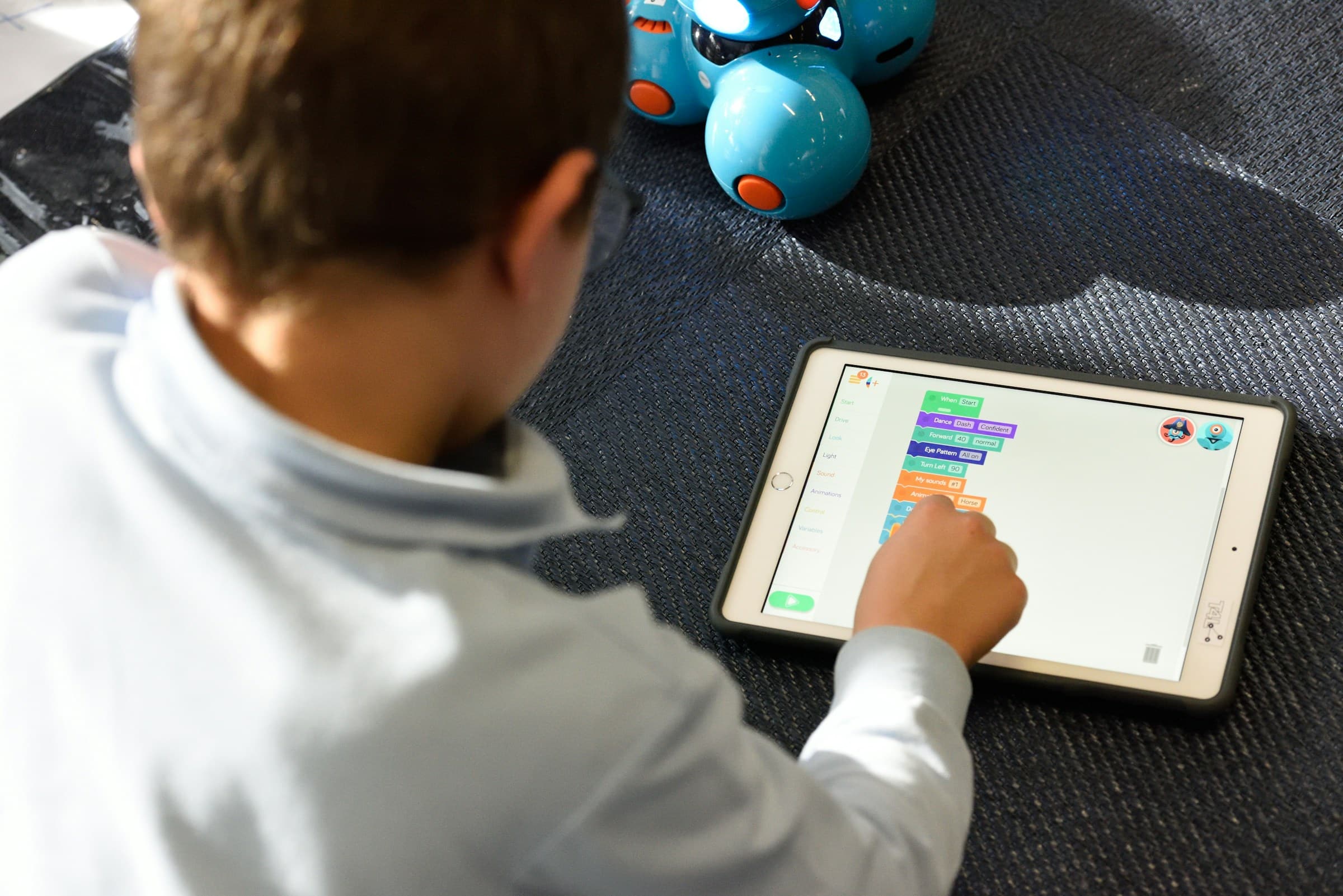How Can UK Schools Use AI to Personalize Student Learning Paths?

The landscape of education is rapidly evolving. Innovative technologies such as artificial intelligence (AI) are playing an increasingly significant role in shaping the future of learning. As we find ourselves in the midst of 2024, the potential for AI to revolutionize educational experiences is more promising than ever. For UK schools, the integration of AI into personalized learning paths offers a transformative opportunity to better cater to the diverse needs of their students.
The Promise of Personalized Learning in Education
Personalized learning refers to educational programs tailored to the individual needs, skills, and interests of each learner. Unlike traditional teaching methods, which often adopt a one-size-fits-all approach, personalized learning recognizes that students learn at different paces and possess varied strengths and weaknesses. AI can greatly enhance this personalized approach by analyzing data and providing insights that allow for more targeted teaching strategies.
Cela peut vous intéresser : How Are UK Energy Companies Using AI to Optimize Renewable Energy Sources?
AI-enabled personalized learning leverages machine learning to process vast amounts of student data. This includes academic performance, learning styles, and even social-emotional metrics. By interpreting this data, AI systems can recommend specific learning paths and resources that best suit each student. This not only helps students achieve better outcomes but also makes the educational process more engaging and relevant.
Adaptive Learning Platforms
Adaptive learning platforms are a key component of AI in personalized learning. These platforms use algorithms to analyze student performance and adapt the content and difficulty level accordingly. For example, if a student struggles with a particular math concept, the system will provide additional resources and practice problems to help them master it.
Avez-vous vu cela : How Can UK Cities Utilize AI for Efficient Waste Management?
In the UK, schools can implement adaptive learning platforms to support both primary and secondary education. By doing so, they can create a more dynamic and responsive learning environment. Learning analytics generated by these platforms can also provide teachers with valuable insights into each student's progress, enabling them to tailor their instruction more effectively.
Examples of AI in Action
Several AI tools and platforms are already making waves in the educational sector. For instance, Google DeepMind has developed AI systems that can understand and predict student performance. By analyzing patterns in students' work and behavior, these systems can identify areas where they might need additional support and suggest personalized interventions.
Another notable example is the use of AI-powered chatbots that provide real-time assistance to students. These chatbots can answer questions, offer hints, and guide students through challenging problems. This not only helps students learn at their own pace but also ensures that they receive immediate feedback, which is crucial for effective learning.
Harnessing AI for Personalized Learning Paths
UK schools stand to benefit immensely from incorporating AI into their educational practices. By harnessing the power of AI, educators can create personalized learning experiences that cater to the unique needs of each student. This process involves several key steps, from data collection and analysis to the implementation of AI-driven tools and platforms.
Data Collection and Analysis
The foundation of AI-enabled personalized learning is accurate and comprehensive data. Schools must collect data across various dimensions, including academic performance, learning styles, and socio-emotional indicators. This data can be gathered through assessments, surveys, and even classroom interactions.
Once collected, this data needs to be analyzed to identify patterns and trends. Machine learning algorithms can process this data to gain insights into each student's strengths, weaknesses, and preferences. These insights form the basis for creating personalized learning paths that are tailored to each student's needs.
Implementing AI-Driven Tools
With the insights gained from data analysis, schools can implement a range of AI-driven tools and platforms. These tools can automate certain aspects of the teaching and learning process, making it more efficient and effective.
For example, AI-powered learning platforms can recommend customized content and resources based on each student's needs. Some platforms even offer adaptive learning features that adjust the level of difficulty and type of content in real-time, ensuring that students are always challenged at an appropriate level.
Supporting Teachers and Students
One of the key advantages of AI in personalized learning is its ability to support both teachers and students. For teachers, AI tools can provide valuable insights into each student's progress, helping them to identify areas where additional support may be needed. This allows teachers to focus their efforts on the students who need it most, rather than adopting a blanket approach.
For students, AI can create a more engaging and interactive learning experience. By providing personalized feedback and resources, AI helps students to take ownership of their learning and develop a deeper understanding of the material. This not only enhances their academic performance but also fosters a love for learning that can last a lifetime.
Addressing Challenges and Concerns
While the potential benefits of AI in personalized learning are significant, there are also challenges and concerns that need to be addressed. These include issues related to data privacy, the digital divide, and the potential for AI to reinforce existing biases.
Data Privacy and Security
The use of AI in education requires the collection and analysis of large amounts of personal data. This raises important questions about data privacy and security. Schools must ensure that they have robust data protection measures in place to safeguard students' information. This includes implementing secure data storage and processing protocols, as well as obtaining informed consent from students and parents.
In addition, schools need to be transparent about how data is being used and provide students and parents with the option to opt-out if they have concerns. By addressing these issues proactively, schools can build trust and ensure that the benefits of AI are realized without compromising privacy.
Bridging the Digital Divide
Another challenge is the digital divide – the gap between those who have access to technology and those who do not. While AI has the potential to enhance education for all students, its benefits are limited to those who have access to the necessary tools and resources. This can exacerbate existing inequalities and leave some students behind.
To address this issue, schools must work to ensure that all students have access to the technology they need to benefit from AI-enabled personalized learning. This may involve providing devices and internet access, as well as offering training and support to help students and teachers make the most of these tools.
Ensuring Fairness and Equity
Finally, there is the concern that AI could reinforce existing biases and inequalities. AI systems are only as good as the data they are trained on, and if this data contains biases, the AI's recommendations and decisions may also be biased. This could lead to certain students being unfairly disadvantaged.
Schools must be vigilant in monitoring and addressing any biases that emerge in AI systems. This includes regularly reviewing and updating the data used to train these systems, as well as implementing checks and balances to ensure that AI is used in a fair and equitable manner.
The Future of AI in UK Education
As we look to the future, it is clear that AI has the potential to transform education in the UK. By leveraging AI to create personalized learning paths, schools can provide more tailored and effective educational experiences for their students. This not only helps to improve student performance but also prepares students for lifelong learning in a rapidly changing world.
Embracing Lifelong Learning
One of the key advantages of AI in education is its ability to support lifelong learning. In today's fast-paced world, the ability to continuously learn and adapt is more important than ever. AI can provide personalized learning opportunities that help students develop the skills and knowledge they need to succeed in the future.
By embracing AI and personalized learning, UK schools can help students to become more independent and self-directed learners. This not only enhances their academic performance but also prepares them for a lifetime of learning and growth.
Collaborating for Success
To fully realize the potential of AI in education, schools must collaborate with a range of stakeholders, including teachers, students, parents, and technology providers. By working together, these stakeholders can develop and implement AI-driven tools and platforms that meet the needs of all learners.
In addition, schools must be open to innovation and willing to experiment with new approaches. This may involve piloting new AI tools and platforms, gathering feedback from students and teachers, and continuously iterating and improving.
In conclusion, the integration of AI into UK schools offers a transformative opportunity to personalize learning paths and enhance educational outcomes. By leveraging AI to analyze data and provide targeted support, schools can create more engaging and effective learning experiences for their students. This not only helps to improve academic performance but also prepares students for a lifetime of learning and growth.
As we move forward, it is essential that schools address the challenges and concerns associated with AI, including data privacy, the digital divide, and fairness. By doing so, they can ensure that the benefits of AI are realized in a way that is equitable and inclusive.
Ultimately, the future of education in the UK lies in the ability to harness the power of AI to create personalized learning experiences that cater to the unique needs of each student. By embracing this potential, schools can help to shape a brighter future for all learners.
